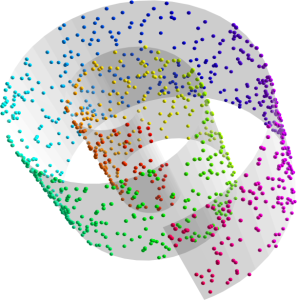Chris Mahon of Outer Places writes that despite the frightening implications, most people aren’t surprised anymore when it’s announced that China has a new virtual news anchor powered by AI, or that companies are programming artificial intelligence to recognize when people are lying at airports. We’ve pretty much resigned ourselves that a dystopian future is on its way, but at least we’ll have extremely smart toilets, according to Micron CEO Sanjay Mehrotra. In fact, he says we may be able to phase out regular doctor visits in favor of an artificially intelligent commode that analyzes our urine and stool.
Speaking at the recent Techonomy conference in San Francisco, Mehrota claimed: “Medicine is going toward precision medicine and precision health. Imagine smart toilets in the future that will be analyzing human waste in real time every day. You don’t need to be going to visit a physician every six months. If any sign of disease starts showing up, you’ll be able to catch it much faster because of urine analysis and stool analysis.”
 He certainly has some interest in this becoming a reality—Micron is one of the world’s leading producers of memory chips and related hardware, which would be necessary to create something like an AI toilet. Artificial intelligence has already proven itself capable of diagnosing medical issues—in fact, a combination of AI methods has proven itself even more effective at spotting breast cancer than humans. The only question is whether the data gained from smart toilets will be private…or monetized like your browser and purchase history.
He certainly has some interest in this becoming a reality—Micron is one of the world’s leading producers of memory chips and related hardware, which would be necessary to create something like an AI toilet. Artificial intelligence has already proven itself capable of diagnosing medical issues—in fact, a combination of AI methods has proven itself even more effective at spotting breast cancer than humans. The only question is whether the data gained from smart toilets will be private…or monetized like your browser and purchase history.
Wait a second, doesn’t all this sound strangely familiar? It does! That’s because Adult Swim made a surprisingly in-depth parody of this idea with their faux “Smart Pipe” infomercial, which envisioned a company installing a pipe attachment to your toilet that would collect data about your diet and waste. Despite some exaggeration (and a bizarre detour into some darker territory), Smart Pipe might be closer to reality that anyone expected.


